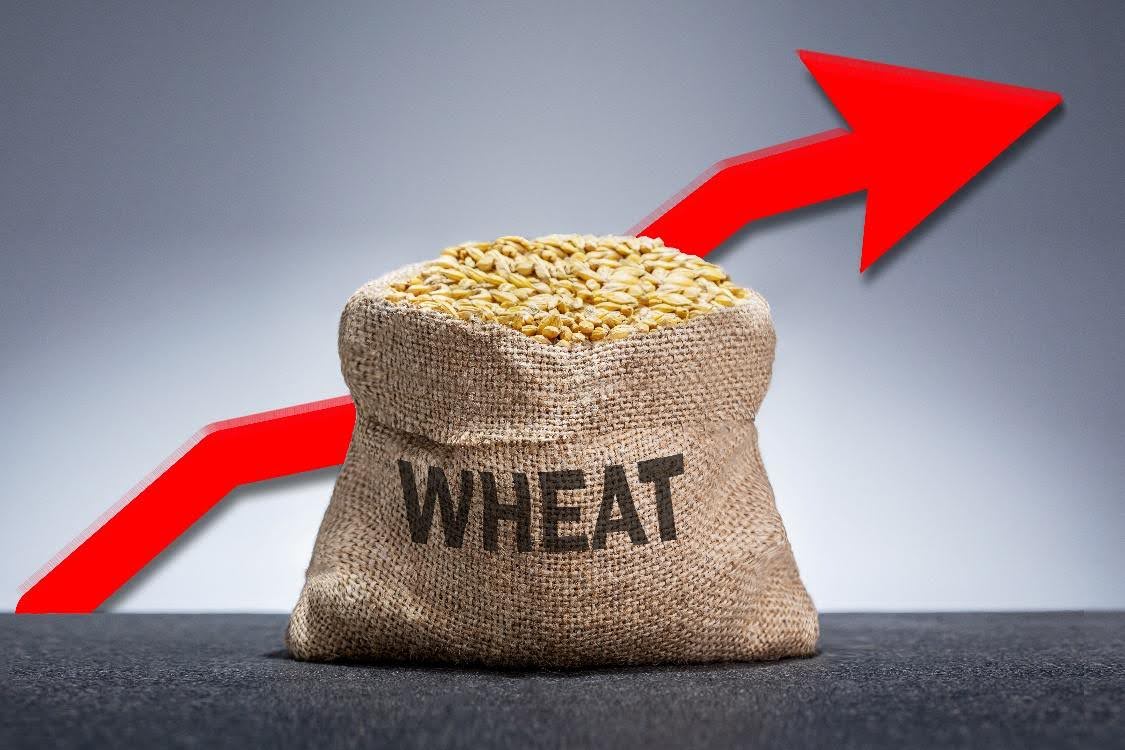 Back to content
Back to content
3 Key Elements Every Farmer Needs to Know to Obtain Higher Wheat Prices

How do you make sense of all the news in the marketplace?
– Google for answers?
– Subscribe to a newsletter service?
– Ask your grain buyer what they think?
– Read the newspaper?
– Talk to your neighbours?
– Check out what farmers are saying on Twitter?
– Rely on a reputable grain marketing advisory firm?
When I started farming, I couldn’t make sense of all the news (noise). One article would
suggest grain prices should go up, and another would be reason for the market to go
down. Who was right?
After taking courses on how to market grain, I learned that on any given day there are
several reasons why a market could go down, and just as many reasons for it to go up.
How do you decipher all this information?
I found that charting and technical analysis was the answer. Technical analysts believe
wholeheartedly that the price action brings out the news. If the market is up at the end
of the day, bullish news substantiates the reason for prices being higher. If the market
settles lower, the bearish news is referenced.
Therefore, the news is always bullish at the height of a rally and bearish at the
bottom. This causes farmers to believe the market will continue to move higher at
the top and lower at the bottom.After watching the price action on charts and
studying technical analysis for the past 40 years, I found that charting and technical
analysis is the only way to cut through the news and identify market highs and lows.
It’s quite simple.
It’s time to sell when 1) the market rallies into resistance, 2) is technically
overbought, and 3) a reversal pattern appears. By following this discipline, our clients
tell us we are 85% accurate in alerting them to sell at or near a market high. 15% of the
time, a market may push through resistance and continue to rally. This is still a good
thing, as farmers like to sell grain when the price is higher and avoid selling at the low.
For illustrative purposes, let’s look at the July 2024 MGEX spring wheat futures chart,
which had a spring rally in 2024, before turning down.

In the accompanying chart, futures rallied into resistance at US$7.67, was technically
overbought, and developed a reversal pattern called an oops. We acted by alerting our
clients to sell at the market high on May 28, 2024. Since then, futures have been down
18 of the past 19 business days.
What would an extra $1.50 per bushel for wheat do for your farm’s bottom line?
A 50 bushel per acre crop would gross an extra $75.00/acre. On 5,000 acres, that
would be an extra $375,000.00 in gross revenue.
Clients tell us they make their investment in our program back in one recommendation.
Over 40 years experience in watching the charts has enhanced my ability to know when
to pull the trigger and when not to pull the trigger. Some call it a sense, instinct or
intuition.
Regardless of how we do it, we have an excellent track record that is second to none.
The more I focus on the charts and the less I look at the news, the better I am in
identifying market trends, market highs, and lows.
Wondering when to sell wheat? If interested to learn more, click the link here.
David Drozd







